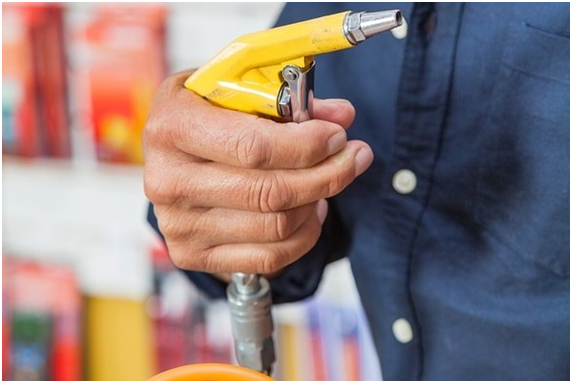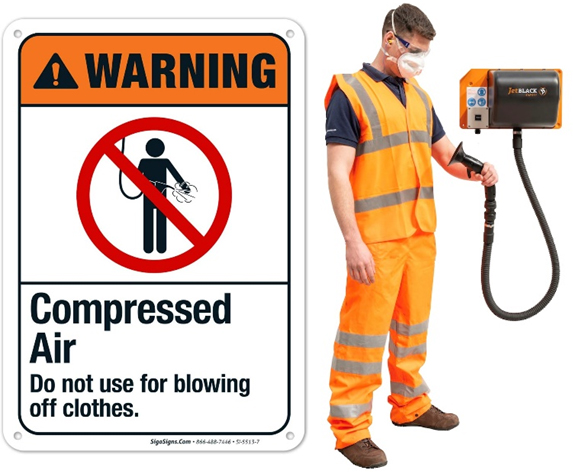- Inspire
- Innovate
- Integrate
- Home
- Who we are
- Services
Plant Engineering Services & Solutions
Plant 3d Modeling & Design ServicesMechanical Design ConsultancyStructural Design Engineering ConsultancyProcess Design & Engineering Services
- Portfolio
- Training
Green Building Credential Courses
Classroom Courses NewLEED Green AssociateLEED AP BD+C Certification Training in Saudi ArabiaOnline Courses NewLEED Green Associate Exam Preparation CourseLEED AP BD+C Exam Preparation CourseIGBC AP Made Easy – Online Exam Preparation CourseCourse Materials NewLEED V4 AP BD C Made EasyLEED Green Associate Made Easy V4Energy Modeling & Simulation CourseLEED and IGBC Exam Preparation – Q&A forum NewEngineering Courses
- MEP Engineering Training Course Qatar New
- Fire Fighting New
- Plumbing Training Course with Certification New
- Heating Ventilation & Air-conditioning New
- 3D laser Scanning Training Course Qatar New
- Electrical Design Course
- Piping Design course – Piping Simulation Analysis Training
- Energy Modeling & Simulation Course
- Blog
- Careers
- Contact Us
- Location
- Home
- Elimination of High-Pressure Compressed Air for Body Cleaning in Process Industries
Elimination of High-Pressure Compressed Air for Body Cleaning in Process Industries
Project Title
Elimination of High-Pressure Compressed Air for Body Cleaning in Process Industries
Problem Statement
In many process industries, employees are often exposed to dust and fine particles during their work. To remove these particles from their clothing and skin at the end of a shift or after certain tasks, some workers use compressed air for body cleaning. While this practice may seem quick and convenient, it is unsafe and strongly discouraged. In addition to the health risks, using compressed air for body cleaning also results in excessive energy consumption, increasing operational costs for the facility.
Findings
Workers are currently using compressed air at a line pressure of 5 bar for body cleaning.
Hazard Identified
Using compressed air directly on the body can cause serious health hazards, including:
01
High-pressure injection injuries,
where air or particles penetrate the skin and enter the bloodstream, potentially causing life-threatening air embolisms.
02
Eye and ear injuries
including ruptured eardrums and severe eye damage from misdirected air jets.
International safety standards, such as those from OSHA and OHAS, clearly state that compressed air used for cleaning purposes should not exceed 2.1 bar (30 psi) when in direct contact with skin — and even then, only when proper safety nozzles and protective equipment are used.

Identified Energy Consumption
A detailed energy consumption analysis was conducted for a process industry employing 20 workers per shift, operating continuously across three shifts per day, throughout the year. Within the facility, a dedicated reciprocating air compressor is exclusively used to supply compressed air for body cleaning purposes.
The facility has established two designated body cleaning stations, where employees use compressed air to remove dust and particulate matter accumulated on their clothing and skin during work. It is assumed that each worker utilizes the body cleaning station twice per shift, with an average cleaning duration of one minute per session.
Although this practice is intended to improve personal cleanliness and comfort, it results in significant compressed air consumption, which directly translates to higher energy use. The analysis revealed that the current setup requires a total compressed air flow rate of 315 CFM per day, which corresponds to an energy consumption of approximately 95 kWh per day.
When extrapolated over an entire year (assuming 365 operational days), the annual energy consumption dedicated solely to body cleaning activities is estimated to be 34,493 kWh. This considerable energy demand not only increases operating costs but also places an additional load on the compressor system, reducing overall efficiency and contributing to unnecessary environmental impact.The table below summarizes the detailed assumptions and consumption figures, highlighting the significant opportunity for energy savings and process optimization through alternative cleaning solutions.
Description
| Description | Units | Values |
| Size of orifice/ (Pu tube sizes) | mm | 6 |
| Pressure at end use | kg/cm2 | 5 |
| No of points identified | nos. | 2 |
| Average time spent by each worker | mins | 1.0 |
| Air discharge for 100% valve opening at 5 kg/cm2 | LPM | 75 |
| CFM | 2.6 | |
| No of Shifts | nos. | 3 |
| No of workers cleaning in plant per shift | nos. | 20 |
| No of Cleanings per shift/person | nos. | 2 |
| Annual working days | days | 365 |
| Specific Energy Consumption of compressor | kW/CFM | 0.30 |
| Total CFM used for body cleaning | CFM/day | 315 |
| Energy consumed for body cleaning | kW/day | 95 |
| Annual Energy Consumption for body cleaning | kWh | 34,493 |

Recommendation
To eliminate these hazards, it is recommended to stop using compressed air for body cleaning and instead install dedicated personal blow-off systems designed specifically for safe body cleaning.
Benefits Of Proposed System
As per OSHA recommendations, the use of compressed air for body cleaning is strongly discouraged due to significant safety hazards, including risks of serious injury and air embolism. If the existing high-pressure compressed air body cleaning stations are replaced with specially designed low-pressure blowing stations, several key benefits can be realized.
Firstly, from a safety perspective, blowing stations operate at much lower, controlled pressures, eliminating the risks associated with high-pressure air contact on the skin and drastically reducing the chances of injuries.
Secondly, from an energy conservation standpoint, the impact is highly significant. Conventional compressed air systems are energy-intensive, requiring large amounts of electricity to generate and maintain high-pressure air. In contrast, dedicated blowing stations use energy-efficient fans or blowers, which operate at lower pressures and consume substantially less power.
Studies and analyses indicate that by switching to blowers, it is possible to achieve energy savings of up to 90% compared to the actual power consumption of compressed air systems used for body cleaning. This not only leads to considerable reductions in operational energy costs but also supports overall sustainability goals by lowering the plant’s carbon footprint and improving system efficiency.
| Description | Units | Values |
| Supply air pressure | kg/cm2 | 2 |
| Supply Air flow | CFM | 55-75 |
| Power Consumption of the device | kW | 2 |
| Number of Devices to Install | nos. | 2 |
| Annual energy consumption of the device | kWh | 2920 |
| Annual Energy Savings | kWh/annum | 31,573 |

Conclusion
Replacing high-pressure compressed air cleaning with a dedicated blow-off system significantly enhances worker safety, reduces energy consumption by 90%, and provides a strong economic return on investment.
Quick Links
Copyrights © 2025. Conserve Solutions. All Rights Reserved.

